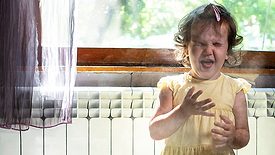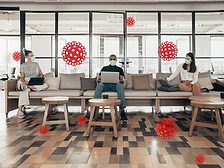Articles by Michael A. Pinto CSP, CMP, RTPE
How Can You Tell if Your Mold Remediation Is Good Enough for Sensitized Occupants?
Mycotoxin Testing Can Help
Read More
Get our new eMagazine delivered to your inbox every month.
Stay in the know on the latest disaster restoration and remediation trends.
SUBSCRIBE TODAY!Copyright ©2022. All Rights Reserved BNP Media.
Design, CMS, Hosting & Web Development :: ePublishing










